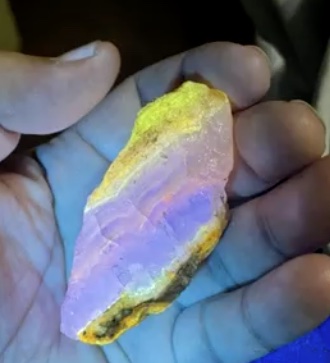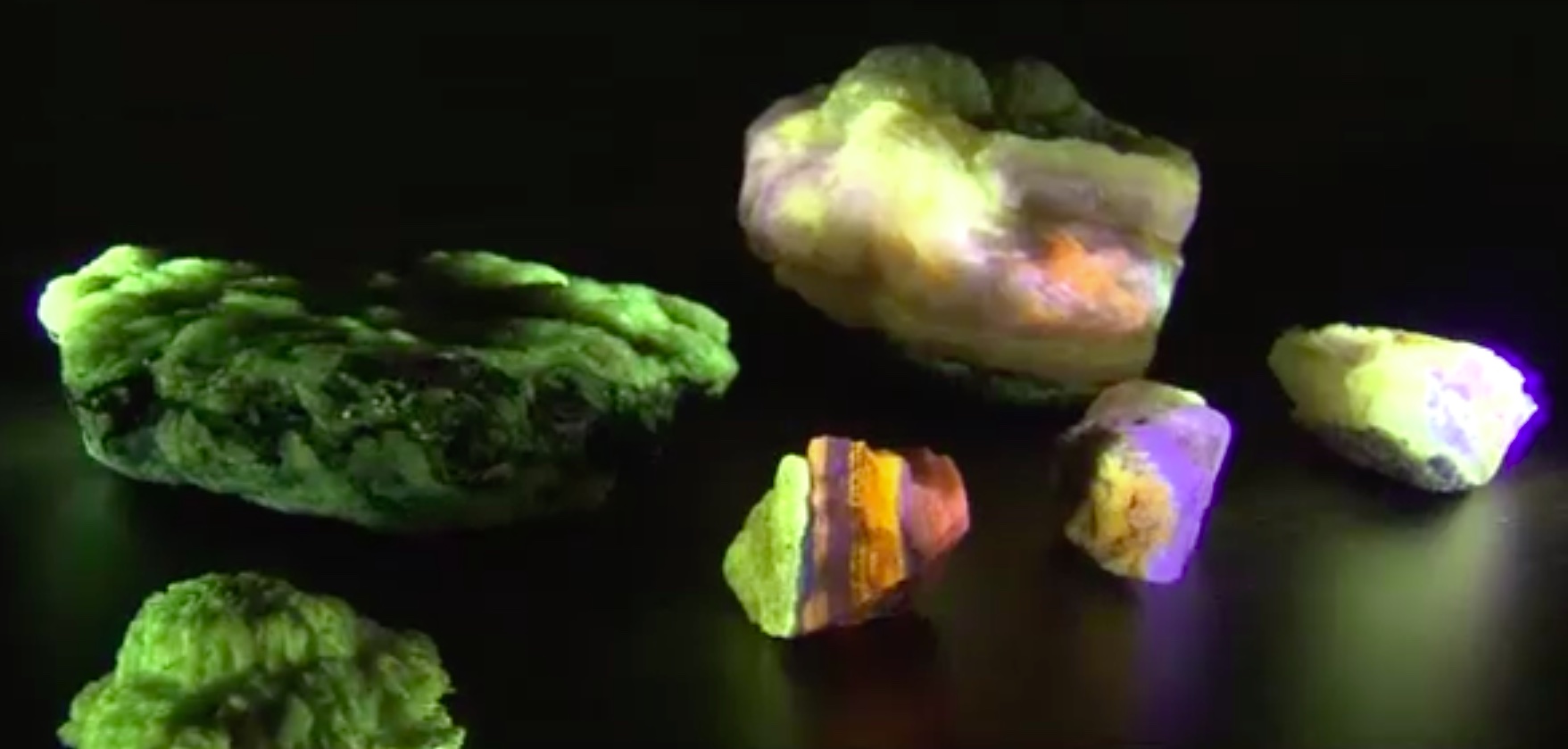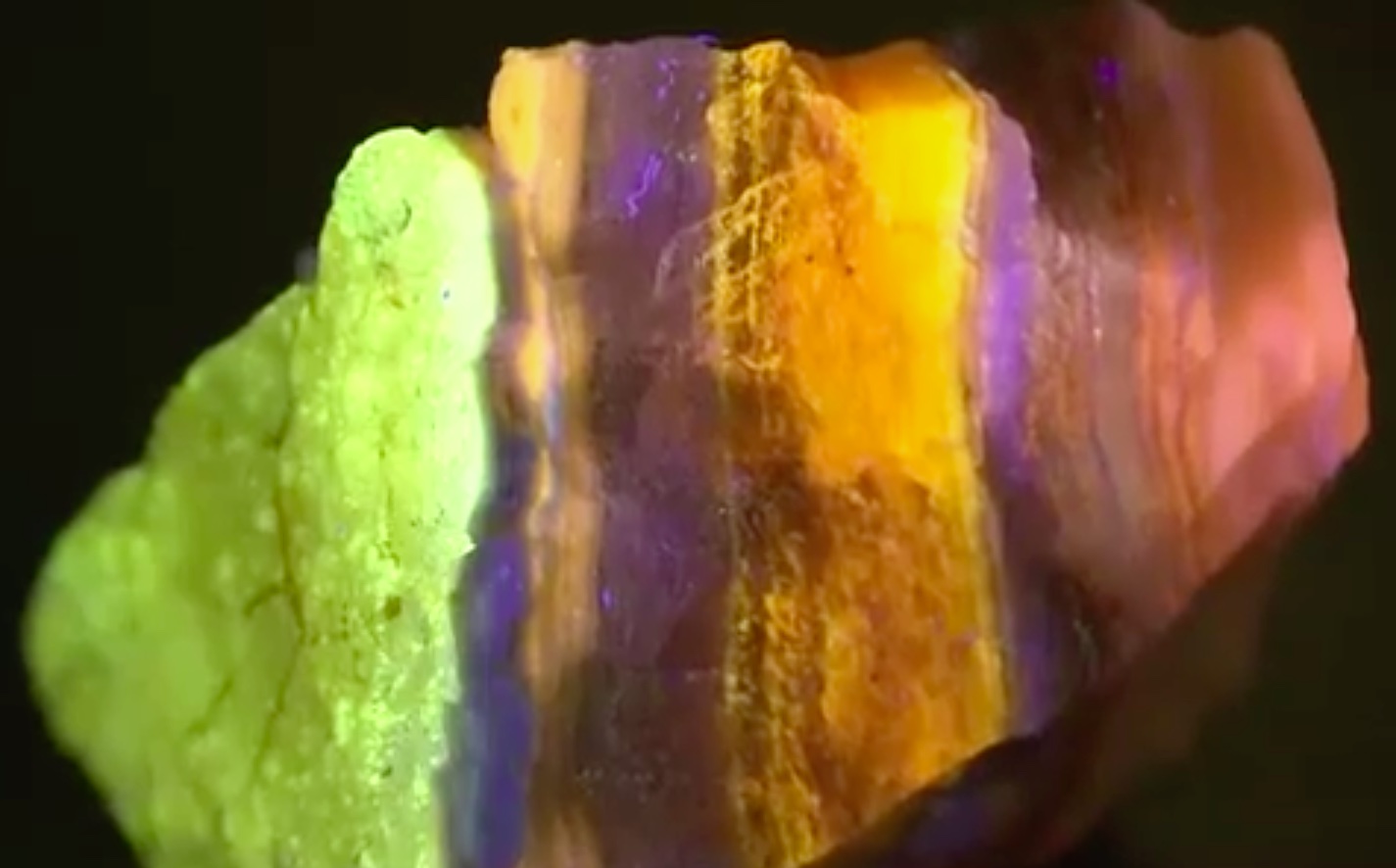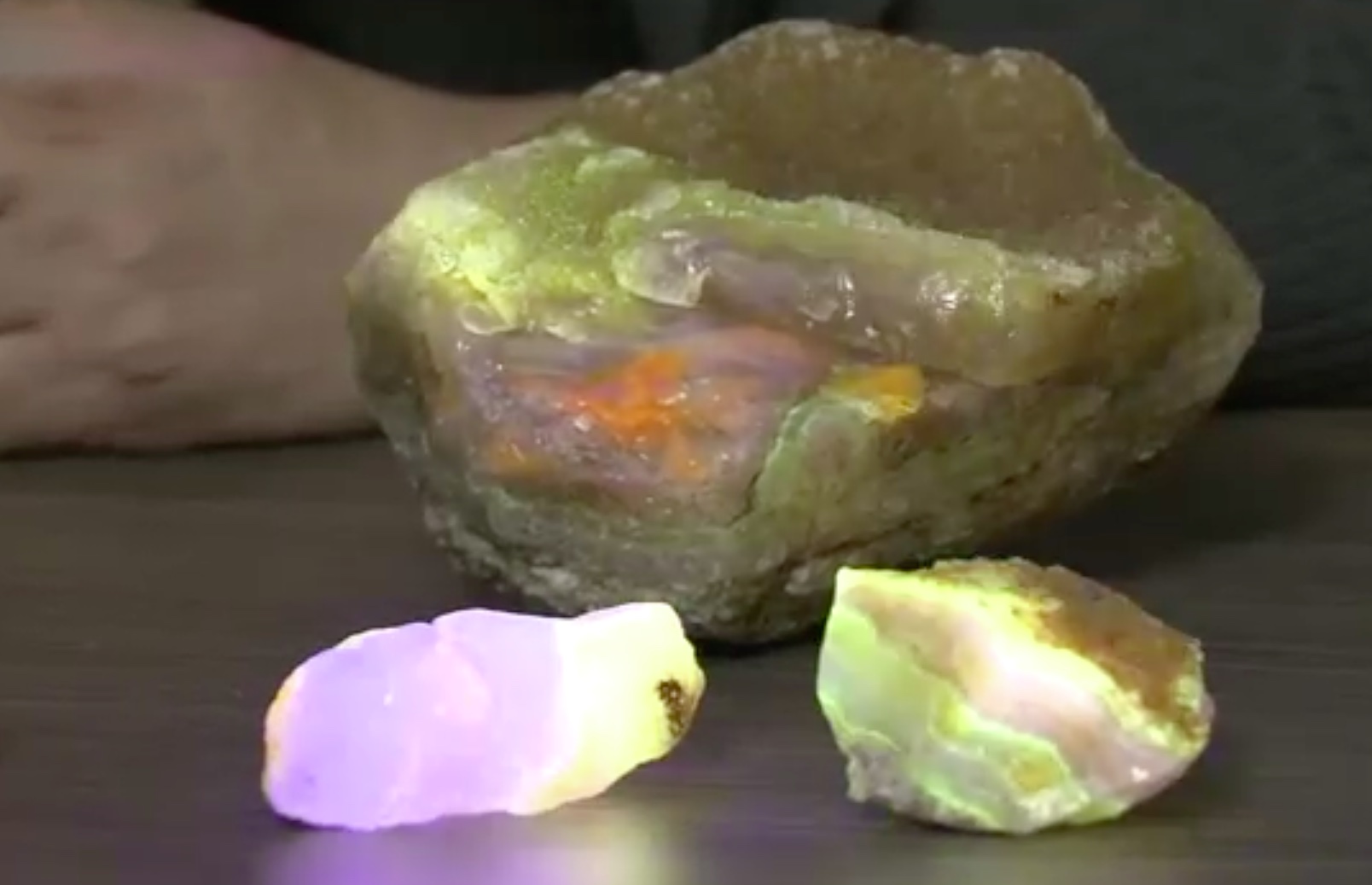Scientists have identified a newly discovered mineral that exhibits illumination under ultraviolet rays. Known as Hokkaidoite, this mineral is believed to have formed from the remains of living organisms, which were subjected to volcanic heat deep underground. Researchers are hopeful that this discovery, made in Hokkaido, Japan, will contribute to a better understanding of oil generation processes.

Hokkaidoite contains hydrogen and carbon, elements commonly found in living organisms. When observed under natural light, the mineral appears light yellow in colour. However, when exposed to ultraviolet rays, it emits a fluorescent yellow-green glow. The discovery was made by scientists from Osaka University and the Sagami Central Chemical Research Institute, with one sample found in opal from a forest near Shikaoi and another discovered by an amateur mineralogist in a rock from Aibetsu.

Primarily composed of the hydrocarbon benzopyrene, a byproduct of organic matter’s incomplete combustion, Hokkaidoite shares similarities with petroleum, which also contains trace amounts of benzopyrene. The presence of this hydrocarbon in the mineral offers potential insights into the formation of oil. In January of this year, the International Mineralogical Association officially registered the scientific name Hokkaidoite for this newfound mineral.

Currently, the mineral is on display at the Tokachi Shikaoi Geopark in Shikaoi Town, situated on Hokkaido Island. This exciting discovery paves the way for further research and exploration of Hokkaidoite’s properties and its implications for understanding the natural processes involved in oil formation.






